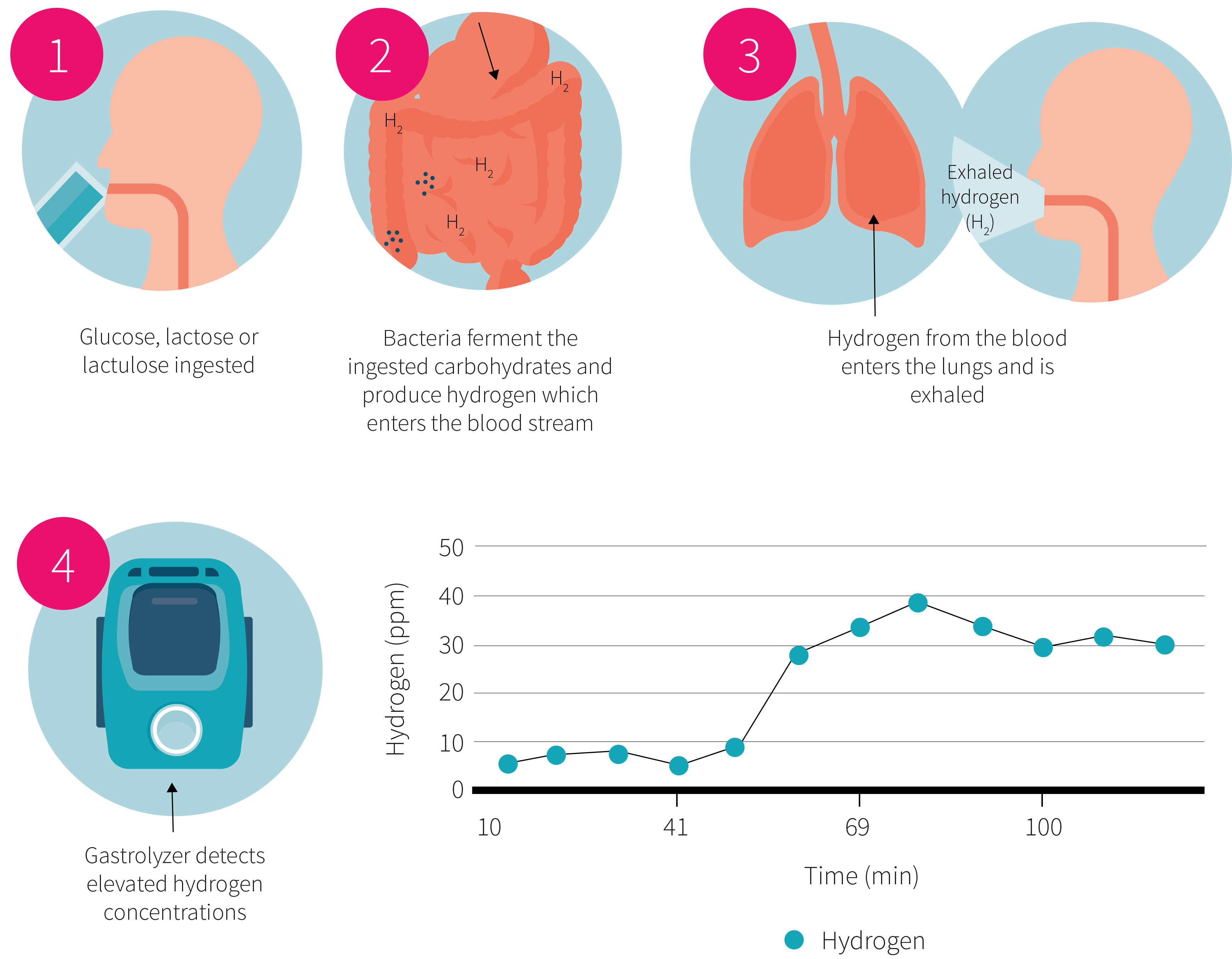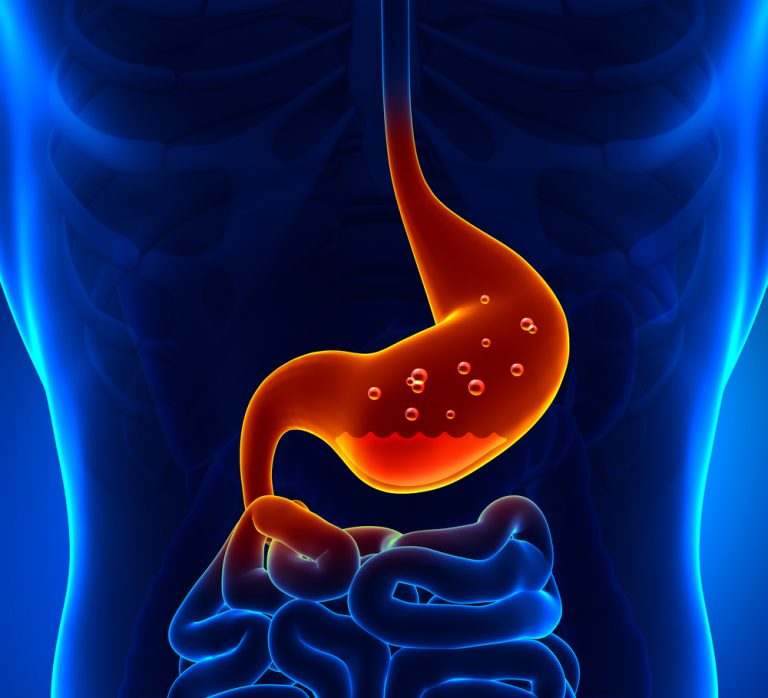

Os resultados obtidos indicaram uma significativa prevalência do supercrescimento bacteriano do intestino delgado no teste do H 2 e no teste do H 2 e CH 4 expirados (56% e 64%, respectivamente) em pacientes com sintomas gastrointestinais, além de maior predominância no sexo feminino. MÉTODOSįoram avaliados 200 pacientes de ambos os sexos, sem limitação de idade, encaminhados a um Laboratório de Teste Respiratório para realização do teste de H 2 (100 pacientes) e de H 2 e CH 4 expirados (100 pacientes) devido a queixas gastrointestinais, a maioria deles portadores de distúrbios funcionais gastrointestinais. O presente estudo teve como objetivo determinar a prevalência de supercrescimento bacteriano do intestino delgado em pacientes com sintomas digestivos, através de uma análise comparativa dos testes respiratórios empregando H 2 ou H 2 e CH 4 associados, utilizando a glicose como substrato. Entretanto, em decorrência de uma parcela de indivíduos apresentar uma microbiota metanogênica, não produtora de H 2, justifica-se a realização do teste em aparelhos capazes de detectar, concomitantemente, a concentração de H 2 e metano (CH 4 ) expirados. Devido ao maior custo e complexidade para a realização do aspirado jejunal, padrão ouro para o diagnóstico da síndrome, tem sido utilizado rotineiramente o teste do hidrogênio (H 2 ) expirado, utilizando glicose ou lactulose como substrato, que é capaz de determinar, no ar expirado, a concentração de H 2 produzida a partir do metabolismo bacteriano intestinal. Os sintomas do supercrescimento bacteriano do intestino delgado são inespecíficos englobando quadro de dor/distensão abdominal, diarreia e flatulência. O supercrescimento bacteriano do intestino delgado é uma síndrome heterogênea, caracterizada pelo aumento no número e/ou presença de uma microbiota atípica no intestino delgado. The data found in this study is consistent with the findings of the current literature and underscores the need for using devices capable of capturing the two gases (exhaled H 2 and CH 4 ) to improve the sensitivity and hence the accuracy of small intestine bacterial overgrowth diagnosis in daily medical practice.īacterial growth Small intestine Breath tests Hydrogen Methane It found further that methane gas was alone responsible for positivity in 18% of patients. The results indicated a significant prevalence of small intestine bacterial overgrowth in the H 2 test and in the test of exhaled H 2 and CH 4 (56% and 64% respectively) in patients with gastrointestinal symptoms, and higher prevalence in females. METHODSĪ total of 200 patients of both sexes without age limitation were evaluated, being directed to a Breath Test Laboratory for performing the H 2 test (100 patients) and of exhaled H 2 and CH 4 (100 patients) due to gastrointestinal complaints, most of them patients with gastrointestinal functional disorders.

This study aimed to determine the prevalence of small intestine bacterial overgrowth in patients with digestive symptoms, through a comparative analysis of breath tests of H 2 or H 2 and CH 4 associated, using glucose as substrate. However, due to a number of individuals presenting a methanogenic microbiota, which does not produce H 2, the testing on devices capable of detecting, concurrently, the concentration of exhaled H 2 and methane (CH 4 ) is justified. Due to the increased cost and complexity for carrying out the jejunal aspirate, the gold standard for diagnosis of the syndrome, routinely the hydrogen (H 2 ) breath test has been used, utilizing glucose or lactulose as substrate, which is able to determine, in the exhaled air, the H 2 concentration produced from the intestinal bacterial metabolism. The symptoms of small intestine bacterial overgrowth are unspecific, encompassing abdominal pain/distension, diarrhea and flatulence. Small intestine bacterial overgrowth is a heterogeneous syndrome characterized by an increase in the number and/or the presence of atypical microbiota in the small intestine.


 0 kommentar(er)
0 kommentar(er)
